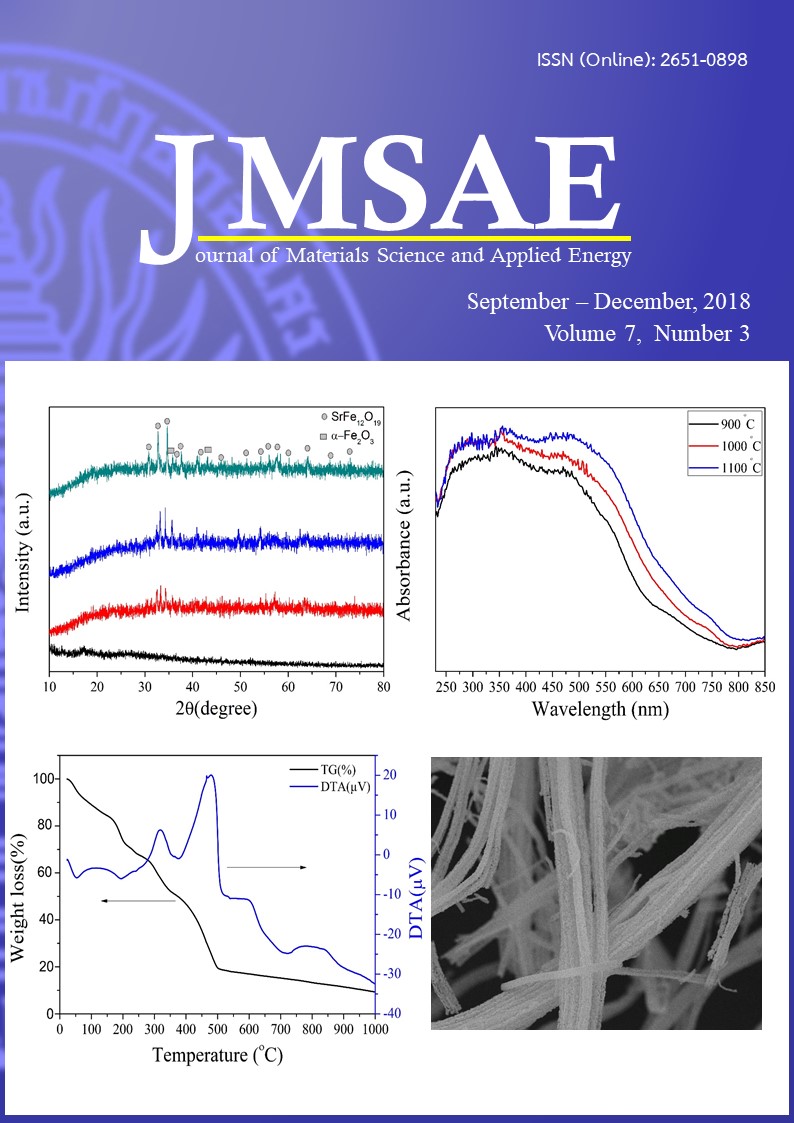Influence of Acid Treatment on Nanoporous Carbon from Lignin
Keywords:
Carbonization, Nanoporous carbon, Lignin, Acid treatmentAbstract
Nanoporous carbon was synthesized via carbonization process by using lignin as a carbon source. Lignin structure has been modified by acid impregnation with 5%wt of nitric acid (HNO3), hydrochloric acid (HCl), sulfuric acid (H2SO4) and phosphoric acid (H3PO4), and followed by carbonization at 800 °C for 2 h under flow of N2. The Influences of acid treatment were investigated through SEM, BET surface, XRD and FTIR. BET surface investigations confirmed that acid treatment caused the formation of carbon from lignin with an increases porous microstructure. Nanoporous carbon performed by impregnation with phosphoric acid shows the highest porosity, compared to sulfuric acid, hydrochloric acid and nitric acid, respectively.







